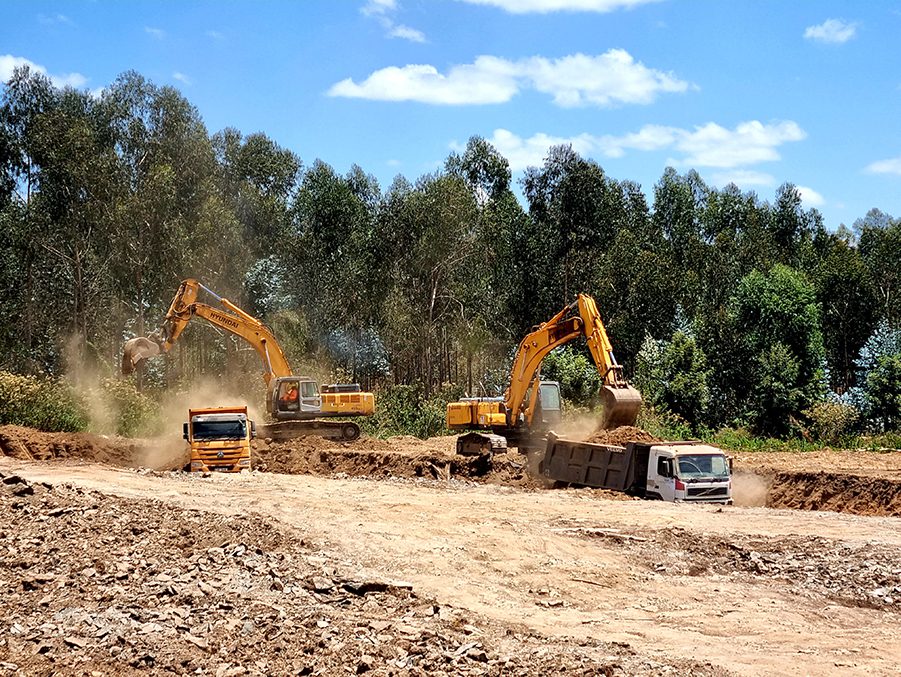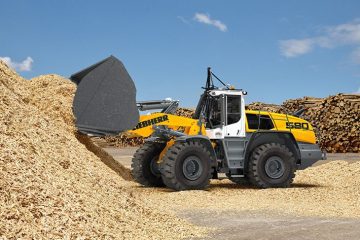- +254 798 216 143
- sales@tingashare.com
- Baba Dogo Road, Ruaraka, Nairobi, Kenya
Water Pan Construction Materials: A Comprehensive Guide for Kenyan Projects

In Kenya, where water scarcity can pose significant challenges, the construction of water pans has emerged as a crucial solution to harness rainwater for various purposes, from agriculture to domestic use. However, the successful construction of a water pan relies heavily on the choice of construction materials. In this comprehensive guide, we’ll explore the key materials used in water pan construction in Kenya and their critical role in ensuring the longevity and functionality of these essential structures.
The Importance of Water Pans in Kenya
Water pans, also known as earth dams or rainwater harvesting structures, are designed to capture and store rainwater runoff from nearby catchment areas. These structures serve several vital purposes:
- Agricultural Irrigation: Water pans provide a reliable source of water for crop irrigation, enabling year-round farming and improving agricultural productivity.
- Livestock Watering: They ensure a steady supply of water for livestock, improving animal health and facilitating dairy and meat production.
- Domestic Use: Water pans can be a source of clean drinking water for local communities, reducing the burden of water collection.
- Erosion Control: They help control soil erosion by capturing runoff water, and preventing land degradation.

Key Materials for Water Pan Construction
- Soil: Soil is the primary material used in water pan construction. It should have good clay content to retain water. Compacted soil forms the core of the dam, while the outer slopes are lined with other materials to prevent erosion.
- Clay: Clay is used to seal the core of the water pan to minimize seepage. It’s an essential material for creating an impermeable barrier.
- Rocks and Gravel: These materials are used for the lining and the embankment’s outer slopes to protect against erosion and strengthen the structure.
- Concrete: In some cases, concrete is used for the inlet and outlet structures of water pans to control water flow and prevent erosion.
- Geotextile Fabric: Geotextile fabric can be used as a liner to enhance the water pan’s impermeability and reduce seepage.
Selecting the Right Materials
Choosing the right materials for water pan construction is critical to the project’s success. Here are some considerations:
- Local Availability: Locally available materials are cost-effective and reduce transportation costs.
- Soil Testing: Conduct soil tests to determine its suitability for construction and its clay content.
- Quality Control: Ensure that construction materials meet the required quality standards to enhance the water pan’s durability.
- Engineer’s Guidance: Consult with experienced engineers or experts in water pan construction to make informed material choices.
Maintenance and Sustainability

Proper maintenance of water pans is essential to ensure their long-term functionality. This includes regular inspections, repairs, and sediment removal. Sustainable practices, such as planting grass on the embankments, can further enhance the water pan’s effectiveness and prevent soil erosion.
In conclusion, water pans are vital assets in Kenya’s quest for water security and agricultural development. Choosing the right construction materials, based on local conditions and engineering expertise, is crucial for the success of these projects. By following best practices and maintaining these structures, Kenya can continue to address water scarcity challenges and build a more resilient future.
